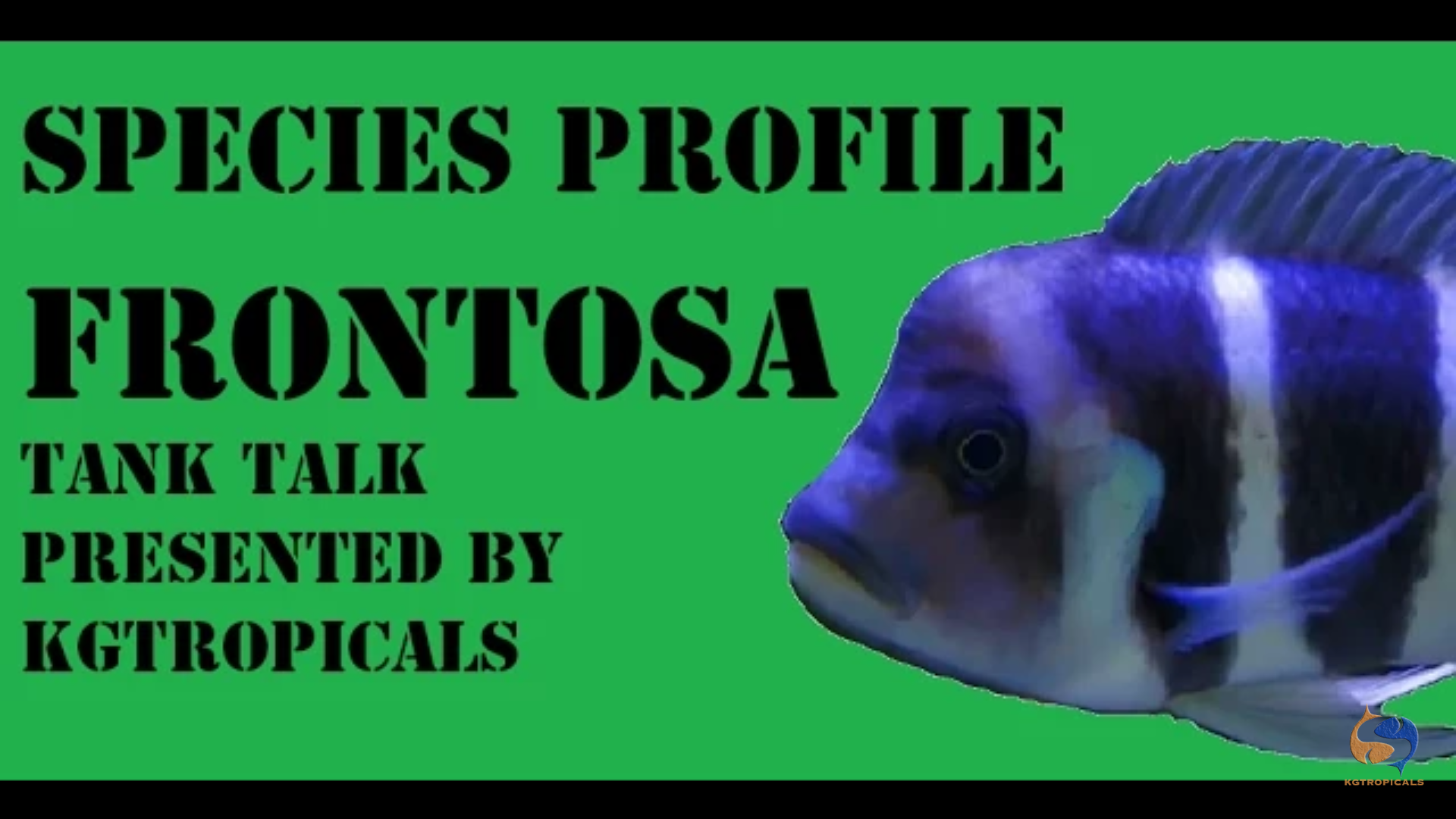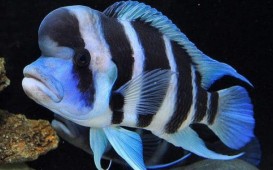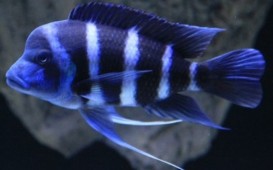Frontosa Cichlid: a complete care guide
- Oct 22, 2020
- Anshika Mishra
- 2451 0 0

FRONTOSA CICHLID
There is no debate, the Frontosa is the most popular African cichlid. Ask any African Cichlid keeper out there, what their favorite cichlids, 99 out of 100 are going to say the Frontosa, and with good reason. Just look at them, these fishes are stunners. They stand out from a mile away, they get huge, they are laid back, they are just an awesome fish to watch and to keep.
If you find these fish in your fish store more than likely you are going to find them very small and the main reason behind it is because they grow extremely slow. So, for the farms to hold on to them long enough for larger size, they will have to have them forever; therefore you are going to find them pretty small.
ORIGIN
Most of these fishes are farm-raised or tank-raised fish, but you may come across wild-caught Frontosa and if you do these fish would be from the Lake Tanganyika in Africa. But you are going to go broke if you buy these things wild-caught because they are so popular and they are so highly sought after that if you find them wild-caught they are just outrageously expensive, but it's worth it because they are some of the most sought after and most gorgeous fish out there.
MAXIMUM SIZE
These fish get huge, you need to know that. So the males can get 12 inches plus. You will not see them that big very often, but they can. So, you want to make sure that you provide them with the right environment so that they can get that big.
TANK SIZE
With this big fish, if you don't have at least a 75-gallon aquarium don't even bother buying one of these fish. If you want to buy small and your intention is to upgrade your tank to a bigger one pretty soon then go ahead. But don't put these fish in anything smaller than 75-gallon, remember bigger is always better.
TANK MATES
When it comes to tank mates what can you put with Frontosa then there are some hardcore traditionalists who believe that they must be kept with only other fish from Lake Tanganyika, but this is certainly not true. They are being kept with fishes like Malawi Cichlids and they are fine.
WATER PARAMETER
These fish are very hardy and they can tolerate a little bit lower pH and a little bit lower hardness than what they would find in Lake Tanganyika. People say you need to have extremely hard water and a very high pH to keep Frontosa. But this is not completely true because these fish are tank-raised fish and they have adapted to lower pHs.
pH
You definitely cannot put these fish with a 6.0 pH and very soft water that you took out of your reverse osmosis system; No. Don't do that but they can tolerate a little bit lower than the usual; ideal pH would be 7.8-8.2 or higher.

WARNING!
Another thing that you need to keep in mind is that these fish are very slow growers. So, if you are going to put them in there with fishes like Peacocks that are going to explode and grow really fast, they might outgrow Frontosa and may end up killing them.
You definitely don't want to see this fish get killed by the bigger fish in your tank. They are very expensive, even the smaller size, so you definitely don't want to see that happen.
FEEDING YOUR FISH
When it comes to their diet, these fishes are piscivore which means they definitely like to eat other fish. Obviously, they are not going to eat fish that are bigger than them but if you have really small fish in the tank, then they are definitely going to go after them without any hesitation at all.
But when it comes to the food that you are going to feed your fish, you have a few options. You can feed them live feeder fish if you want but the better options are feeding this either frozen fish not fish that sticks but frozen fish or fresh fish from the meat market.
Another option is shrimp. You can feed frozen shrimp to your Frontosa, they will love it. But again if it is too much hassle for you the best possible thing you can do is just feed them a good cichlid pallet, it has everything in there that they need.
When they are small you can feed them cichlid flakes, when they get larger you can move them up to pellet and once they are really big you can go to a larger cichlid pellet. They will be perfectly fine with it, they will thrive and they will be perfectly healthy.
BREEDING

Breeding Frontosa is pretty simple but it can also be difficult. Most people that have bred African cichlids in the past are used to buying fishes at two inches and within six months they are breeding they are up at three and a half inches in size and they are already breeding. This is not going to happen with Frontosa, they grow very slowly and it can take them more than 3-years to reach sexual maturity.
So, if there is one thing that you absolutely must have if you want to breed this fish, it's patience because they do need to get mature to be able to breed. Buy them grow them up to good care, be patient give them some time and they will spawn for you.
Frontosa are mouth breeders which means the female is going to hold the egg in her mouth throughout the duration of her pregnancy in which these fishes take some time longer than the usual ones. They can hold their egg in their mouth for up to 5-6 weeks which is double the time that you are used to. But once they start breeding you will have many frays and you will have a goldmine sitting in your tank.






About author